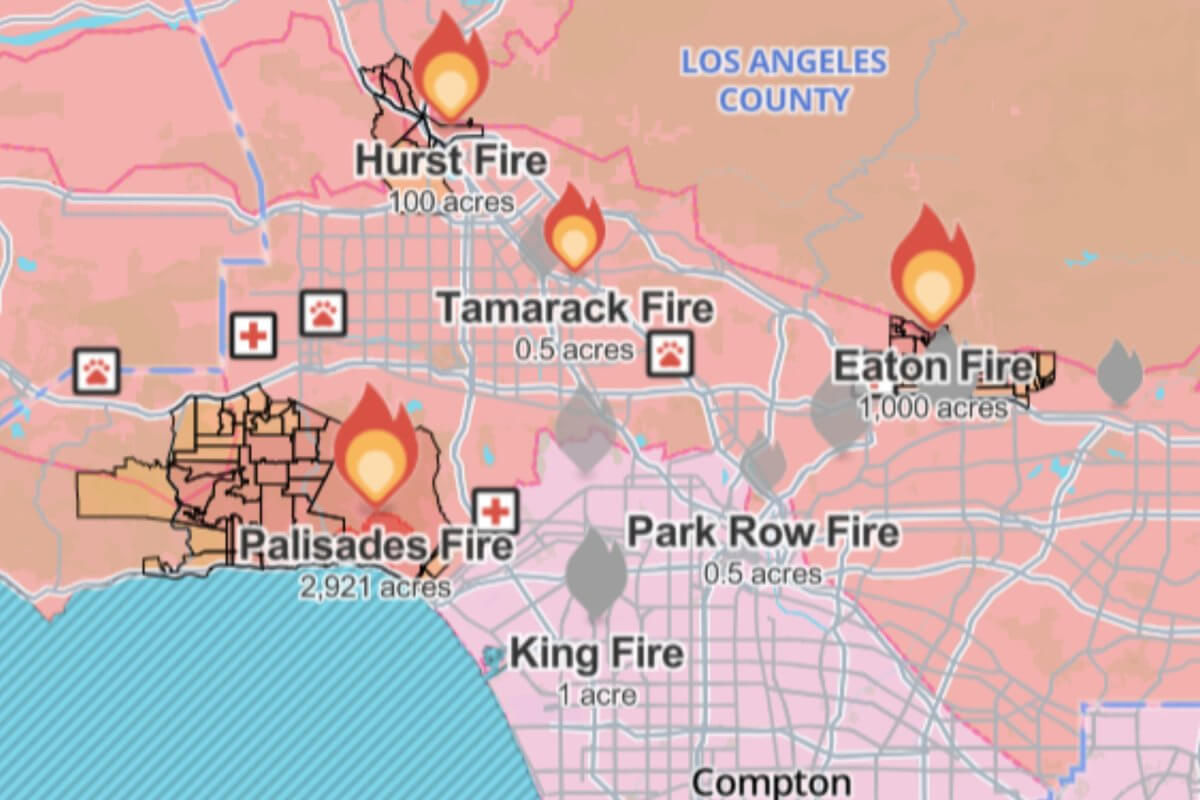Understanding Nuclear Liability: An Analysis Of Ongoing Legal Disputes

Table of Contents
Defining Nuclear Liability: A Complex Web of Laws and Regulations
Nuclear liability is defined by a complex interplay of international conventions and national laws. The lack of a single, universally accepted legal framework creates significant challenges, especially in cross-border disputes following transboundary contamination from nuclear accidents.
International Conventions and Treaties
Several international agreements aim to establish a baseline for nuclear liability. The most significant are the Vienna Convention on Civil Liability for Nuclear Damage (VC) and the Paris Convention on Third Party Liability in the Field of Nuclear Energy.
- Scope of Coverage: These conventions generally address liability for nuclear damage caused by a nuclear incident, but the specific definitions of "nuclear damage" and "nuclear incident" can vary. Jurisdictional issues arise when incidents affect multiple countries.
- Limitations and Jurisdictional Issues: International conventions often set limits on liability, potentially leaving victims undercompensated in cases of catastrophic accidents. Determining which nation's laws apply in cross-border disputes can be incredibly complex. The VC, for instance, addresses this through mechanisms for designating a single jurisdiction for resolving disputes. However, complexities remain.
National Laws and Variations
While international conventions provide a foundation, individual countries implement and adapt these agreements into their national legal systems. This leads to significant variations in:
- Liability Limits: The maximum amount an operator or state can be held liable for varies widely across nations, reflecting differences in economic capacity and risk assessment. This can drastically affect the compensation available to victims.
- Compensation Schemes: Countries employ different methods for compensating victims, ranging from compulsory insurance schemes to state-funded programs. Some systems offer broader coverage than others, encompassing various forms of damage, including medical expenses, lost wages, and property damage.
- Dispute Resolution Mechanisms: The processes for resolving disputes related to nuclear liability also differ considerably. Some countries favour arbitration, while others rely on national courts. This variation can affect the speed and efficiency of claims processing. The implications for victims include variable access to justice and differing compensation timelines.
Key Challenges in Establishing Liability After a Nuclear Accident
Establishing liability after a nuclear accident is fraught with challenges. Scientific uncertainty, complex causal chains, and the involvement of multiple actors complicate the process.
Proving Causation
Directly linking specific health problems or environmental damage to a nuclear accident can be extremely difficult. Long-latency effects, such as increased cancer risks, make it challenging to establish a clear causal link.
- Role of Scientific Evidence and Expert Testimony: Establishing causation relies heavily on scientific evidence and the testimony of experts. However, disagreements among experts can significantly impact legal outcomes. Data collection and analysis related to long-term health impacts pose significant challenges.
- Challenges of Long-Latency Effects and Epidemiological Studies: Epidemiological studies are crucial, but they often require years of data collection and analysis and may still struggle to definitively link specific health issues to a particular event due to confounding factors and the long incubation period of some radiation-induced illnesses.
Identifying Responsible Parties
Determining the liable entities can be complex. Multiple actors might be involved, including the nuclear facility operator, equipment manufacturers, government regulatory bodies, and even the state itself.
- Corporate Structures, Insurance Coverage, and State Responsibility: Complex corporate structures can make it challenging to identify the appropriate liable party. Insurance coverage might be insufficient to cover the full extent of damages. The role and extent of state responsibility is a particularly contentious legal area.
- Contentious Cases: Many cases involve protracted legal battles to establish liability, often involving multiple defendants and extensive litigation. The allocation of liability among different actors is a frequent point of contention.
Compensation and the Limits of Insurance
Compensation for victims of nuclear accidents is often inadequate, due in part to limitations in insurance coverage.
Adequacy of Compensation Schemes
Existing compensation mechanisms frequently struggle to provide fair and sufficient redress to victims.
- Scope of Compensation and Claims Processing: Compensation may not cover all forms of damage, or the claims process might be slow and inefficient, leaving victims without timely financial support. The scope of compensation can vary considerably between national schemes.
- Limitations of Insurance Coverage: Insurance policies typically have liability limits that might be far less than the actual costs associated with a major nuclear accident, leaving a significant funding gap.
The Role of State Intervention
Governments often play a critical role in supplementing insurance coverage and providing financial assistance to victims.
- State-Funded Compensation Programs: Many countries have established state-funded compensation programs to address the limitations of private insurance.
- Political and Economic Implications: Government intervention involves significant political and economic considerations. Balancing the needs of victims with the financial constraints of the state is often a challenge.
Notable Ongoing Legal Disputes and Their Implications
Several ongoing legal disputes related to nuclear accidents, such as Fukushima and Chernobyl, highlight the complexities of nuclear liability law.
Case Studies: Fukushima and Chernobyl
- Fukushima: The Fukushima Daiichi nuclear disaster continues to generate legal disputes related to compensation for victims, responsibility for the accident, and the long-term environmental consequences. This involves complex questions related to the role of government regulation, the operator's liability, and the extent of insurance coverage.
- Chernobyl: The Chernobyl disaster, while older, continues to present legal challenges, particularly regarding the long-term health effects and the compensation of victims across several countries. The transboundary nature of the accident highlights the difficulties of applying international and national laws consistently.
Conclusion
Understanding nuclear liability requires navigating a complex and constantly evolving legal landscape. This analysis reveals the significant challenges in establishing liability, securing adequate compensation, and achieving justice for those affected by nuclear accidents. Ongoing legal disputes underscore the critical need for enhanced international cooperation, clearer legal frameworks, more robust insurance mechanisms, and improved processes for resolving disputes. Continued research and refinement of nuclear liability laws are crucial for preventing future disputes and ensuring equitable treatment for victims of nuclear incidents. To delve deeper into these complexities, continue your research and learn more about nuclear liability and its ramifications.

Featured Posts
-
 Bonusdeildin Dagskra Um Meistaradeildar Og Nba Leiki
May 01, 2025
Bonusdeildin Dagskra Um Meistaradeildar Og Nba Leiki
May 01, 2025 -
 Priscilla Pointer Amy Irvings Mother And Actress In Carrie Dead At 100
May 01, 2025
Priscilla Pointer Amy Irvings Mother And Actress In Carrie Dead At 100
May 01, 2025 -
 Los Angeles Wildfires The Rise Of Disaster Betting
May 01, 2025
Los Angeles Wildfires The Rise Of Disaster Betting
May 01, 2025 -
 Live Stock Market Updates Dow Futures Earnings Reports And Key Movers
May 01, 2025
Live Stock Market Updates Dow Futures Earnings Reports And Key Movers
May 01, 2025 -
 Best Cruise Lines In The Usa For 2024
May 01, 2025
Best Cruise Lines In The Usa For 2024
May 01, 2025
